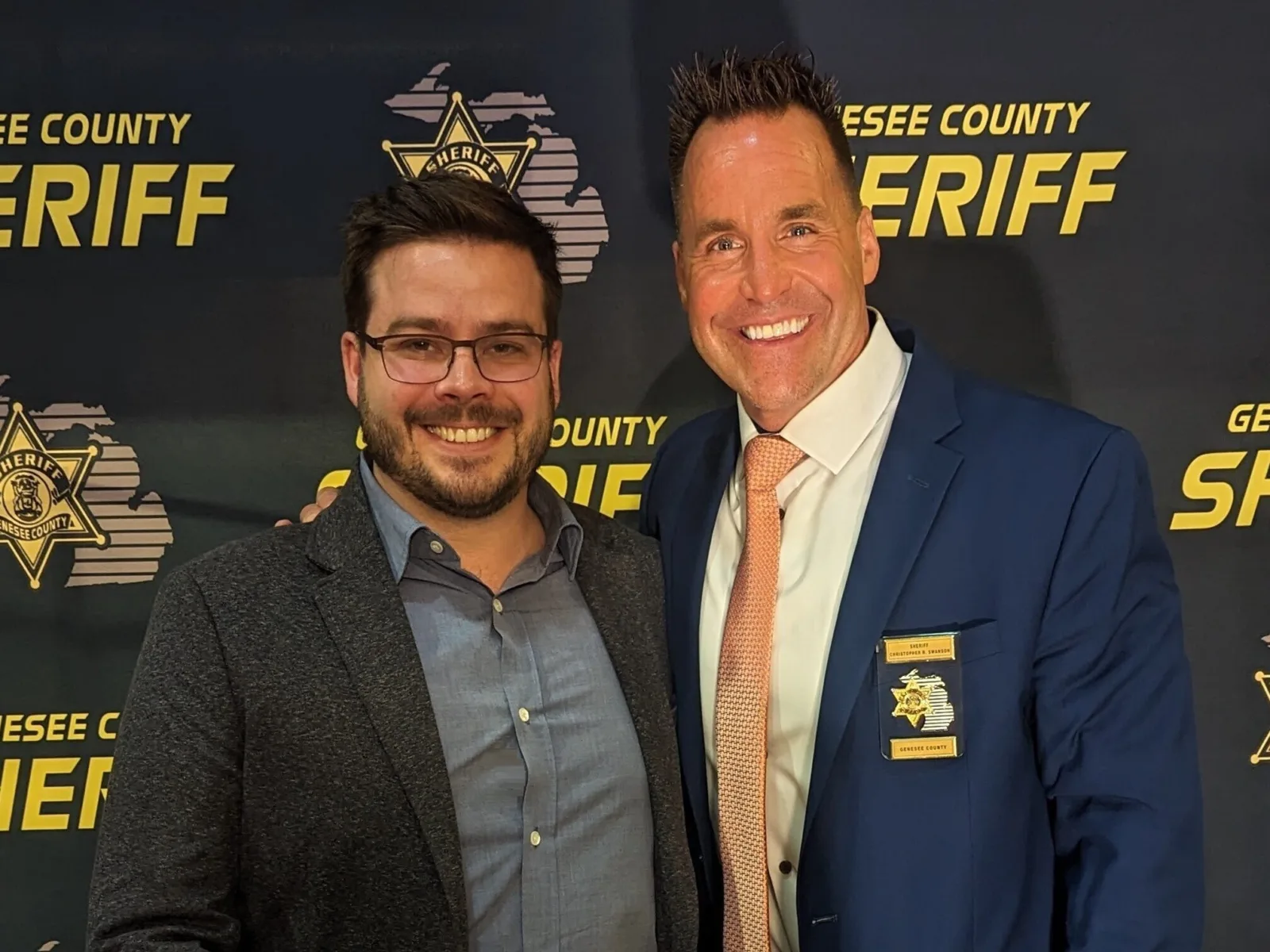The legal landscape for passing gun safety laws has never been more uncertain – or more primed for opportunity.
The Supreme Court’s landmark decision in New York State Rifle & Pistol Association v. Bruen found that the State of New York’s discretionary requirements for obtaining a license to carry a concealed firearm violated the Second Amendment. In doing so, the majority opinion developed a new line of reasoning that has left policymakers to navigate a seemingly narrow path to enact gun regulations that are constitutional.
That is why earlier this summer Arnold Ventures supported the RAND Corporation to convene a meeting with leading scholars, researchers and legislative analysts to consider the scope of possible changes to U.S. gun laws, and to consider how any such changes might be accommodated by lawmakers wishing to regulate the use of and access to firearms for purposes of protecting public safety and health. This convening resulted in a report by Andrew Morral and Rosanna Smart of the RAND Corporation, and Darrell Miller, Melvin G. Shimm Professor of Law at Duke Law School and co-Director of the Duke Center for Firearms Law, which analyzes the Bruen decision, discusses its implications for existing gun laws, and outlines potential options for states to consider.
Enforcing Historical Tradition
Since 1911, New York law required applicants to show “proper cause” — a specific need — to carry a concealed gun in public. California, Hawaii, Maryland, Massachusetts and New Jersey have similar regulations. These states are commonly known as “may issue” states, which means that the state has substantial discretion to decide whether the individual has adequately justified a need to carry a firearm publicly. After Bruen, such discretionary provisions are unconstitutional. These “may issue” states will now have to rewrite their concealed carry regulations to comply with the Bruen ruling. The ruling will impact millions of people living in “may issue” states, but other states are now left wondering what other gun laws will survive similar legal scrutiny.
That is because, in writing the majority opinion, Justice Clarence Thomas went beyond the immediate question of “may issue” laws and established a new framework to assess gun regulations under the Second Amendment, altering over a decade of Second Amendment jurisprudence. Prior to Bruen, courts used a two-step framework for deciding Second Amendment cases. The first step involved examining history and tradition to determine whether a gun regulation covered conduct protected by the Second Amendment. If the court found that a regulation did cover the conduct at issue, it would turn to step two. Under the second step, courts would determine the appropriate level of constitutional scrutiny and ask whether the government had supplied adequate reason for burdening the Second Amendment conduct.
In Bruen, the majority opinion introduced a new two-part framework: “[W]e hold that when the Second Amendment’s plain text covers an individual’s conduct, the Constitution presumptively protects that conduct. To justify its regulation, the government may not simply posit that the regulation promotes an important interest. Rather, the government must demonstrate that the regulation is consistent with this Nation’s historical tradition of firearm regulation.” The majority opinion held that the government must now show that gun regulation is consistent with the country’s history and tradition of regulation. This new standard creates significant uncertainty in the constitutional validity of gun safety regulations and has already sparked numerous legal challenges.
Charting a Post-Bruen Path
Despite the breadth of the majority opinion and the uncertainty it has created, lawmakers still have policies available to help promote gun safety and reduce gun violence. One of the report’s major conclusions is that ambiguities in the decision and its concurring opinions may actually exacerbate existing political and legal trends. While some states will cite Bruen as a reason to impose restrictive firearms regulations, others will point to Bruen as a reason to relax their gun laws.
“Rather than an abrupt change to American gun laws, the Bruen opinion may accelerate existing political and legal trends, driving state laws toward more permissive and more restrictive gun regulations,” Morral, Smart, and Miller wrote in an op-ed for The Hill.
Morral, Smart and Miller also provide two key takeaways from the meeting for lawmakers to consider:
- First, jurisdictions will read different sections of Bruen to defend regulation or justify de-regulation.
- Second, historical sources, information, and expertise will be more important than ever. Empirical data is still relevant but will have to be translated into a historical frame.
The authors also identified ways states may respond to the Bruen decision:
- The Court found that New York’s concealed carry licensing process was unconstitutional because it allowed the use of subjective standards, but the authors believe that the Court appears to allow for states to use objective standards. Therefore, states with permitting systems that use objective standards for eligibility, such as training and competency standards for the acquisition, use and carrying of firearms, may be defensible under Bruen.
- Although Bruen allows that firearms can be banned from certain sensitive places, the Court’s opinion was vague on what places states could describe as “sensitive” where guns could not be allowed. The Court looked back in time, suggesting that historical analogues will guide these decisions.
- The Bruen decision also left ambiguous the issue of whether different types of weapons can be treated differently. Because the Court emphasizes that weapons in common use cannot be considered “dangerous and unusual” and thus subject to possession restrictions, the authors highlight that technologies that a state wishes to prohibit may need to be banned before they are in wide circulation.
- There is relatively little discussion in the Bruen decision about what persons can be prohibited from owning a gun, and so much is still left open. For example, the authors highlighted recent federal prohibitions that might be challenged under Bruen such as age restrictions on possession or purchase of firearms and lifetime bans on firearm possession after felony convictions. Overall, the authors generally agreed that the Supreme Court does not appear eager to take up this issue.
The Continuing Need for Learning
Even as the roadmap for constitutional firearm policy is now uncertain, research and data can still help inform future Court decisions. In fact, the decision highlights, as Justice Kavanaugh emphasized in his concurring opinion, that, “properly interpreted, the Second Amendment allows a ‘variety’ of gun regulations.” As highlighted in the report, policymakers should not abandon the path paved by research and data toward effective policy. Bruen does not remove empirical evidence about the effectiveness of gun regulations from the equation entirely, but it makes the need for balanced legal scholarship that helps explain the relationship between historical and empirical evidence urgent and vital.
As lawmakers process the Bruen decision, there are many unanswered questions about which regulations will be challenged in the months and years to come. While empirical research remains critical, post-Bruen legislation will also need to have solid historic analogs, making historical reviews of gun laws more important than ever.





















